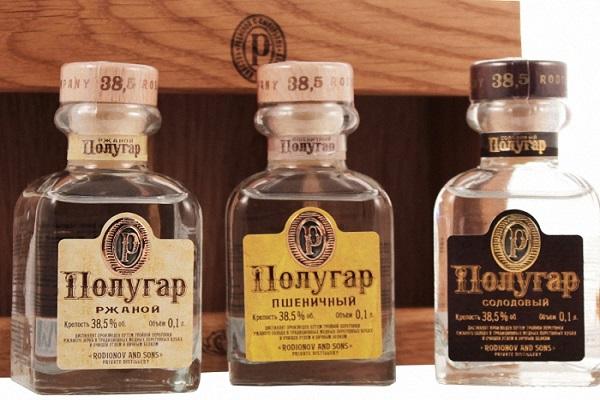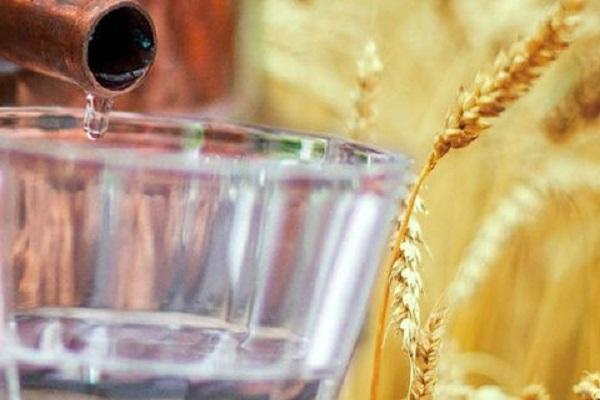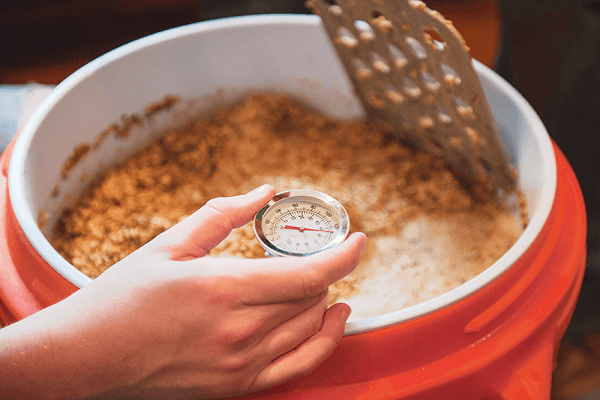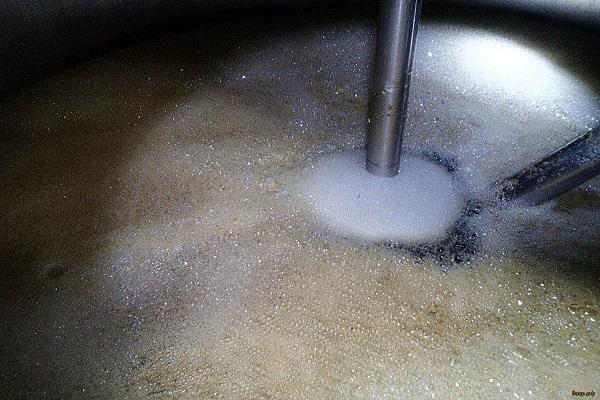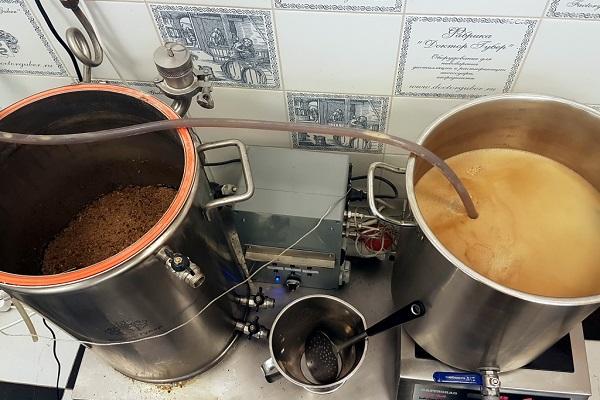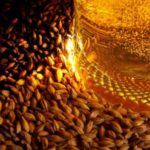A bread-based wine drink was known in Russia before the discovery of alcohol distillation. The method was used everywhere; unlike homemade distillate (moonshine) and vodka, bread wine had a pleasant aftertaste. The strength reached almost 40 degrees, the drink was considered ready after 3-5 days. We restore ancient recipes that our ancestors owned.
A little history
In Rus', wheat wine was a homemade distillate made from the grain of the same name. Barley or rye were also suitable, the taste only benefited from this.Until the 19th century, when the practice of preparing strong alcohol from alcohol diluted with water spread, bread wine remained a popular, national drink in Russia. The state then introduced a monopoly by prohibiting the production of alcohol in private settings (without a license).
Cooking features
Unlike vodka, bread wine cannot be made from literally anything, even from potatoes or sawdust, as one song stated. Cereals are used as raw materials. They give the drink an original aftertaste.
Residual fusel oils in bread wine, according to subjective assessment, are comparable to those in whiskey and cognac. The drink can be drunk in small sips, which is simply impossible with vodka.
Prepared by distillation in stills. Infusion in oak barrels, on coal, bread, milk is possible. Recipes for bread wine were kept in family archives and rarely went beyond them.
How to make bread wine at home
Classic bread wine, or polugar, is easy to make at home. One of the popular recipes will require the following ingredients:
- malt;
- water;
- yeast.
The ancestors used rye malt, although barley or wheat would also work. You will need 5 kilograms of it. The water is clean, from a well or source; treatment with the popular reverse osmosis is not recommended.
It’s better to pour regular water from the tap, let it sit, and then clean it with a filter. You need about 20 liters.
Yeast take 30 grams of dry or 50 “wet”. The technology requires monitoring the fermentation temperature of the wort, so you will need a thermometer - a household alcohol thermometer or an electronic one.
Malt preparation
Any grain malt is suitable for bread wine, as long as it is properly ground and thoroughly dried. Both purchased and home options are allowed.
The key point in preparing malt concerns its coarseness: something between grits and flour, but not a fine powder. A suitable choice for novice winemakers would be to buy raw materials in a store. Over time, having gained experience, it is possible to prepare malt yourself.
Mashing
This is the name given to the separation of sugars from grain starch. The speed of mashing is affected by temperature, which is when a thermometer and knowledge of the basic technology for making homemade wine come in handy. In “cold” malt, sugar is poorly produced, and fermentation may not begin at all.
For mashing, water is taken into a pre-prepared container, boiled, then cooled to 55 degrees Celsius. Now you can add malt, stirring the composition to avoid the appearance of lumps and poor dissolution of the raw materials. The almost finished wort is slowly heated to 61-64 degrees, after which it is stirred again.
The next stage is the most important. It is necessary to maintain the temperature at 60-65 degrees for one and a half hours. It is recommended to carefully heat the container, monitoring the temperature of the wort.
Fermentation
During fermentation, intensive production of alcohol begins in our “chemical factory” under the influence of a catalyst - yeast fungi. To do this, the contents of the pan are cooled to 28 degrees, poured into a separate container, a fermentation tank. Yeast (ready-made or diluted) is also added there and mixed thoroughly. The container is placed in a pantry or other unlit place with a temperature of 18 to 27 degrees.
The fermentation process itself can take from 4 to 16 days. The speed is affected by the quality of malt, yeast and temperature. A water seal must be installed!
It is allowed to stir (not shake) the wort once a day to increase the alcohol yield.
First distillation
The main signs of readiness for distillation are the absence of “gurgles” in the brew for a couple of days, and the bitter taste of the mash. At the end of fermentation, the solution becomes lighter. The liquid is poured into the distillation unit, using a sieve to filter out small residual malt mass. The process produces a cloudy distillate with a characteristic odor; distillation stops after the output strength drops (monitored with an alcohol meter) to 25 degrees.
Second distillation
The semi-finished bread wine is diluted with water (about a fifth of the total amount), then poured in again for distillation. And here the output is divided into components:
- “Head” (first 12-15%). Contains acetone and fusel oils in large quantities. It is categorically not recommended for use; it is suitable as a solvent, raw material for rubs and ointments.
- “Body” is a suitable component of the product. This includes everything that reaches a strength of about 40 degrees.
- “Tails” are the remains of low-strength distillation. Allowed for mixing with the following portions of fermented malt
Cleaning
Cleaning the finished product improves the taste of bread wine and increases the value of the drink. Traditionally popular methods of processing are milk, raw chicken egg (white), coal and bread. Before cleaning, it is recommended to slightly dilute the polugar so that its strength is 45-50 degrees.
Dilution and storage
Bread wine is not vodka, so the standard strength for it is 38.5 degrees.The finished drink is bottled and sealed. Store as regular strong alcohol, in a cool, closed room (closet, pantry).
How to use?
Bread wine is drunk from glasses with a capacity of 50 to 150 milliliters, in small sips, enjoying the mild taste. Like vodka, it is advisable to cool it before drinking. Suitable for hot, salty, spicy, meat or fish appetizers.

